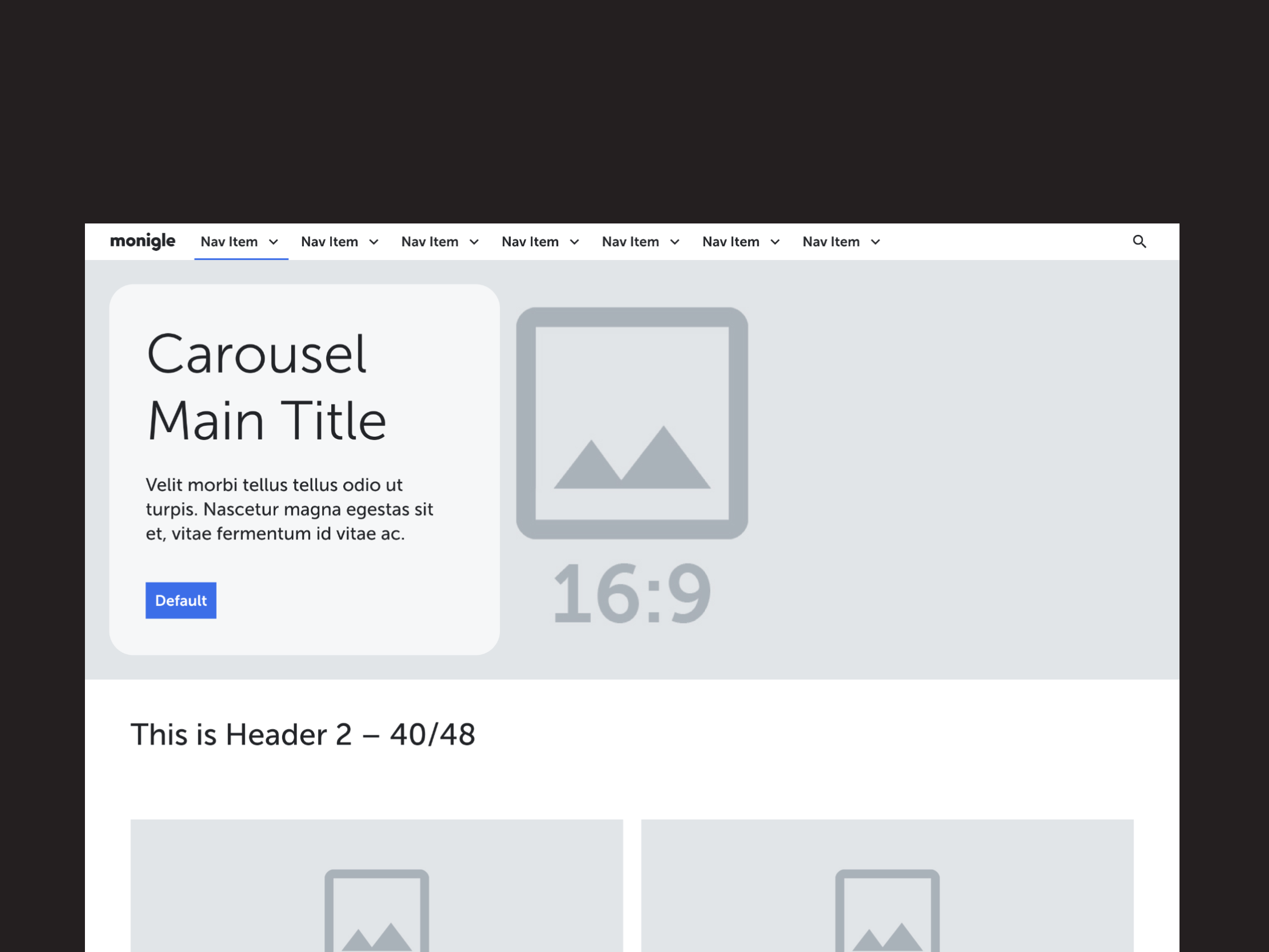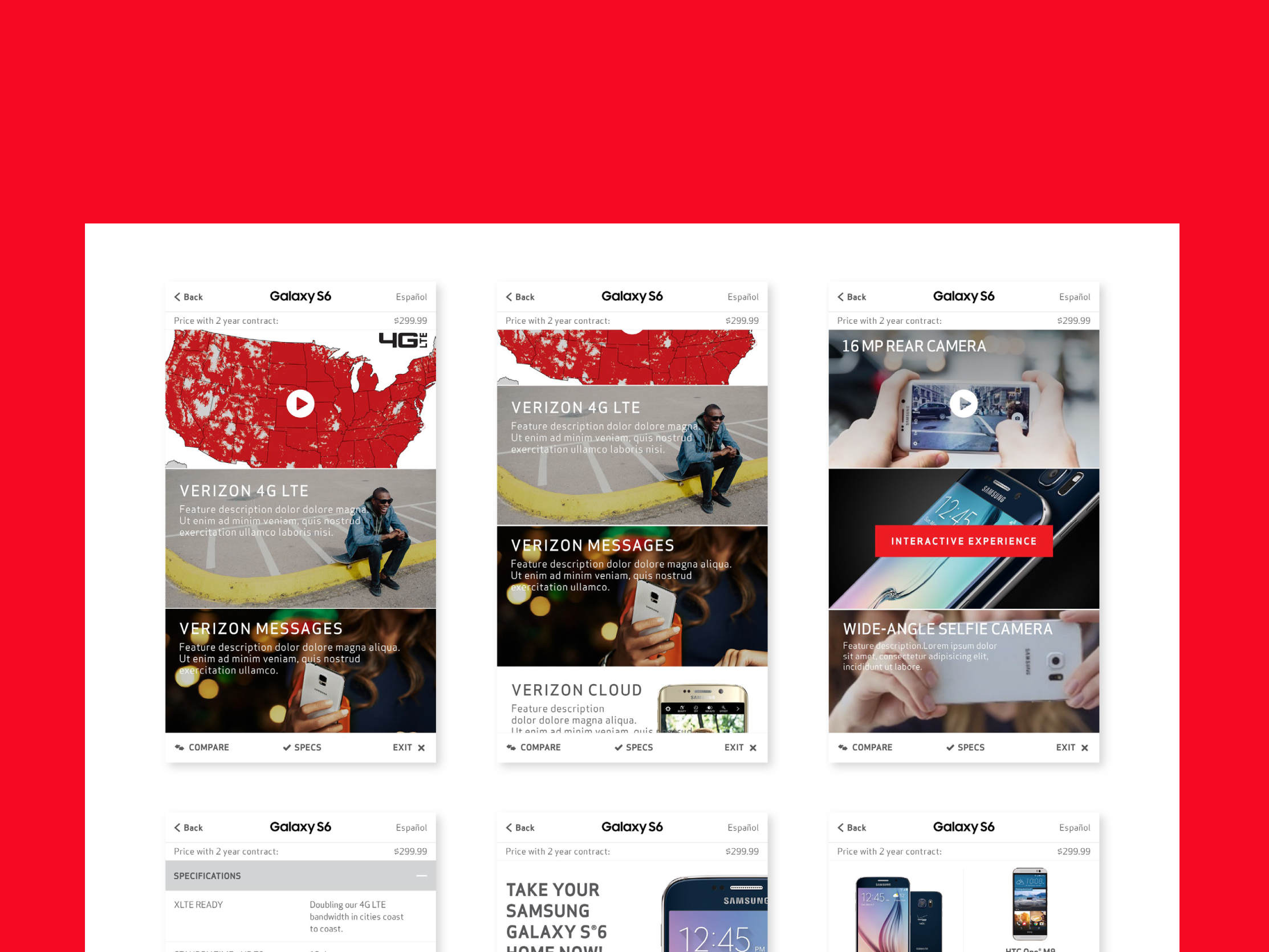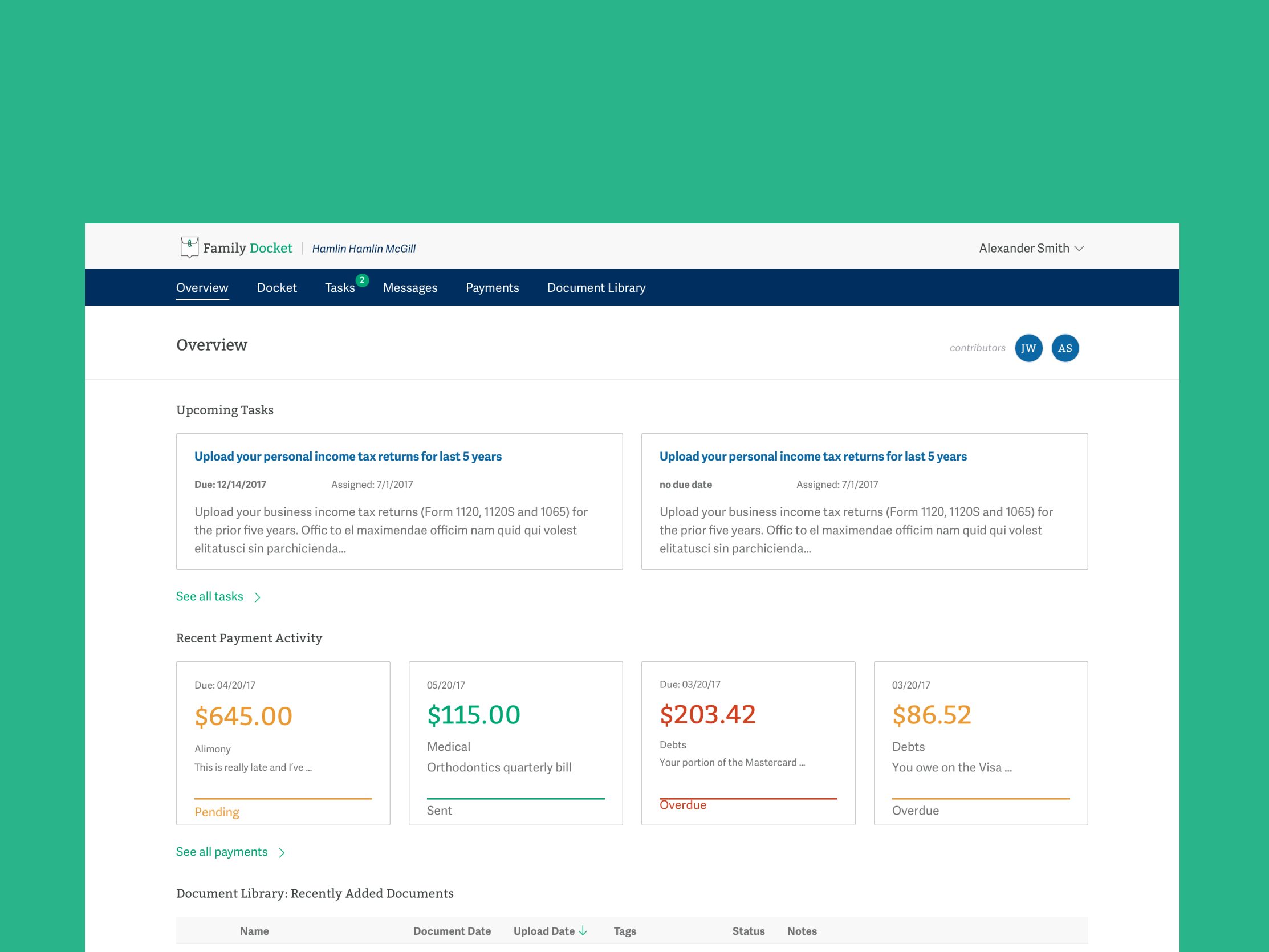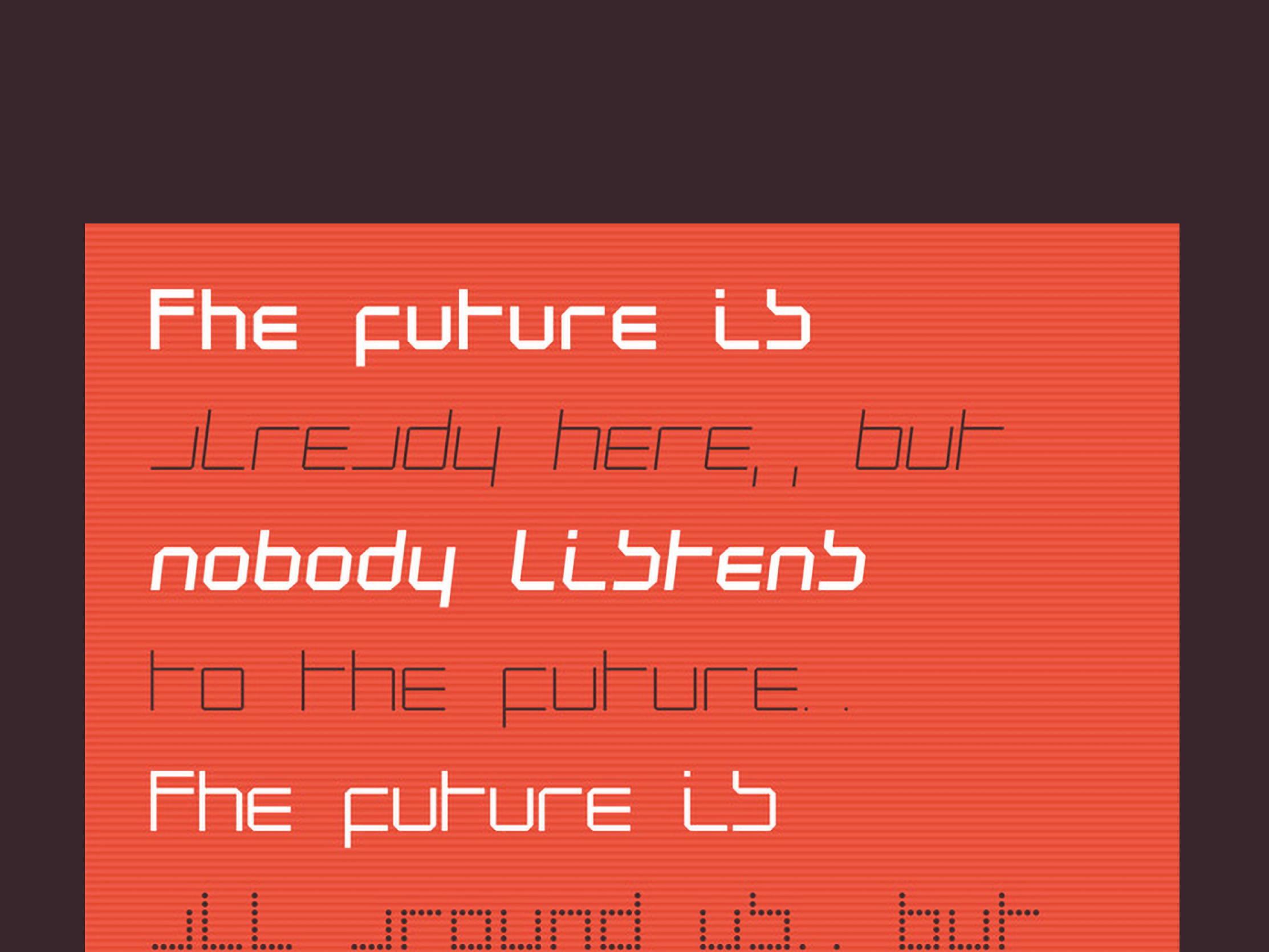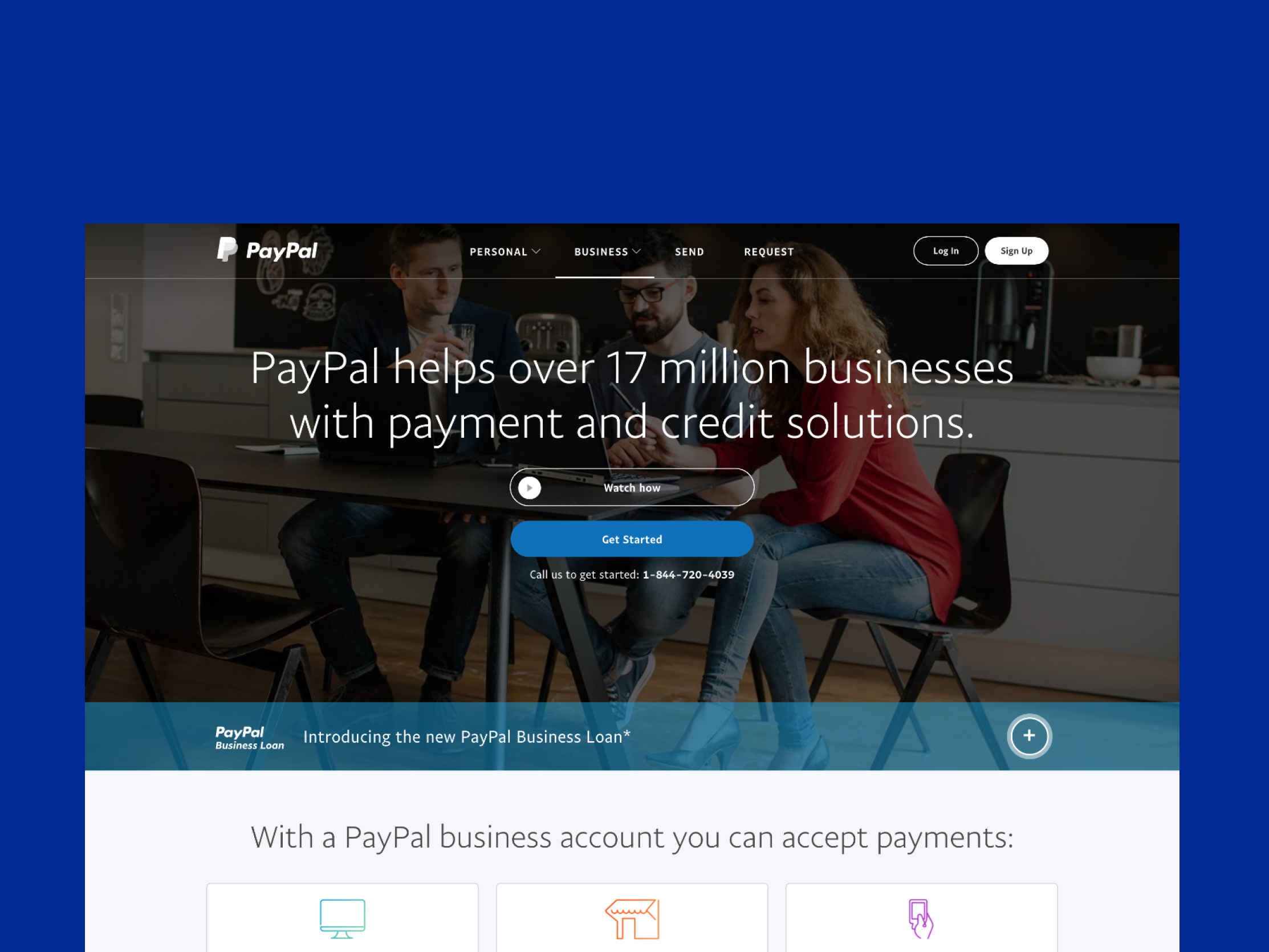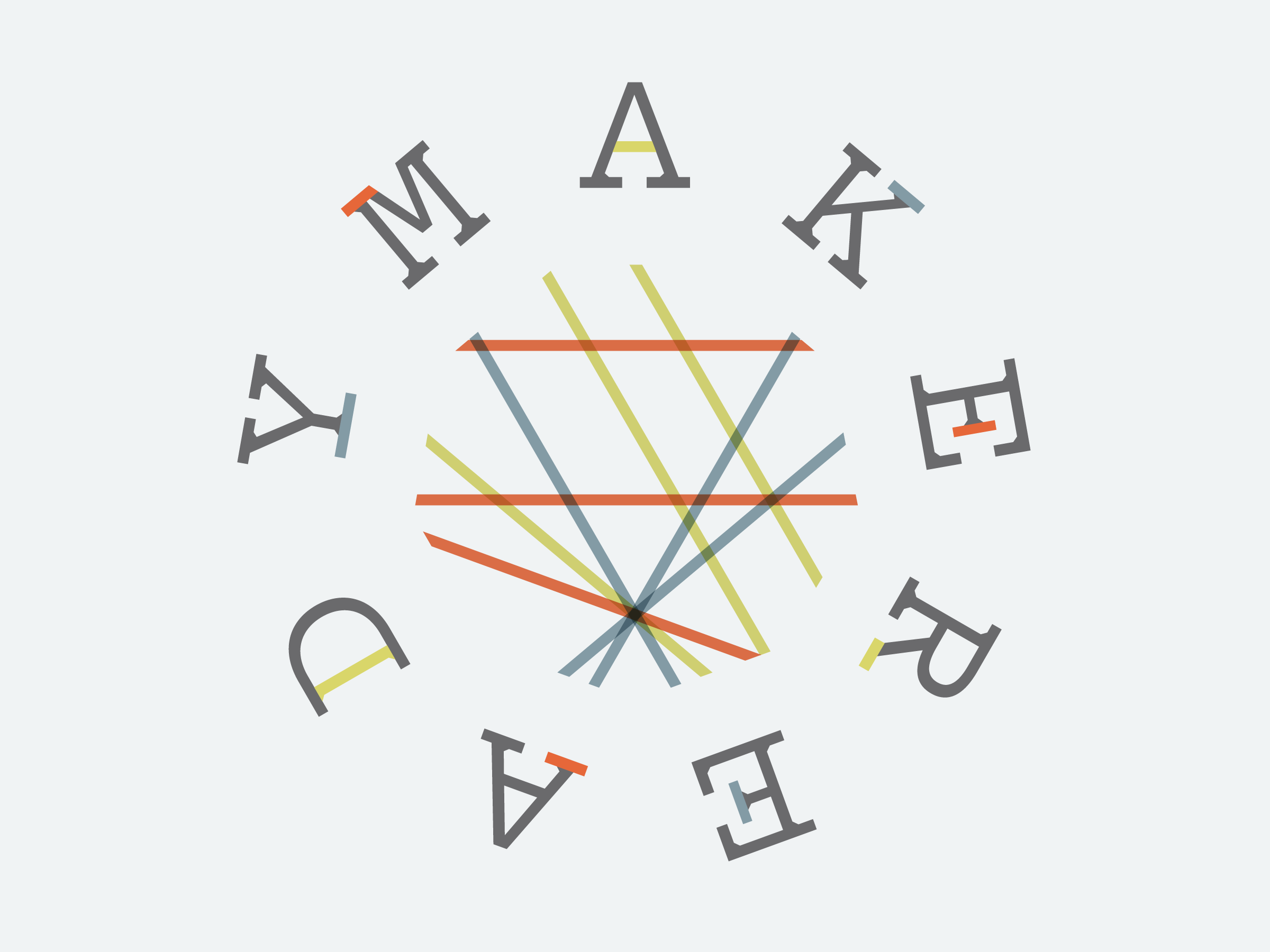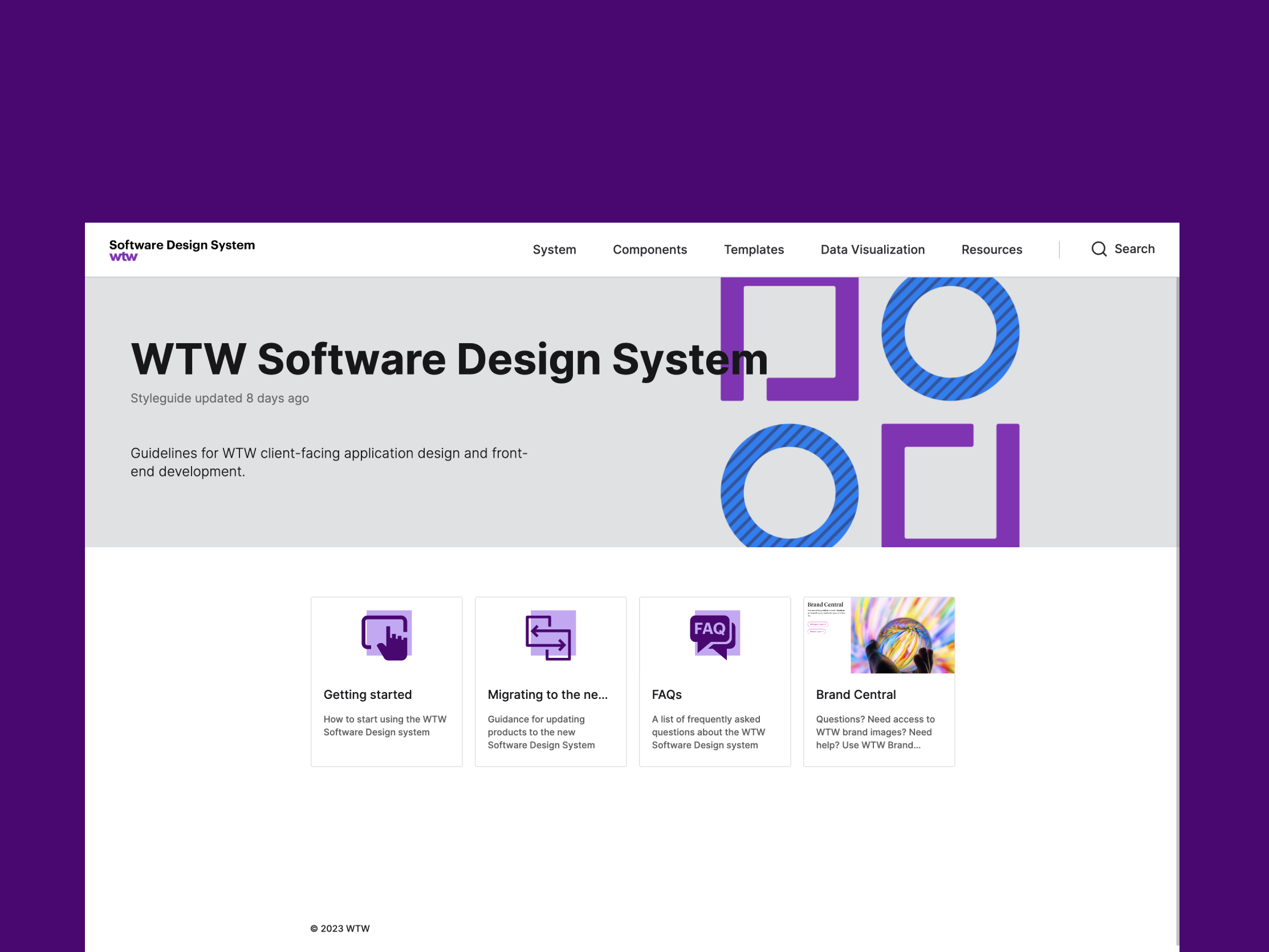Case Study: Creating the Monigle/Beam Digital Creative Team Charter
Introduction
I created the Monigle/Beam Digital Creative Team Charter as a central information source for both current team members and new hires. Initially, I had these pieces scattered in individual documents and notes, but I realized collecting everything in one place would be more efficient. The goal was to improve onboarding, streamline communication, and foster collaboration by providing clarity, alignment, and a strong foundation for team processes. The digital format allowed us to continually update the document as our team and processes evolved.
Challenges Identified
As the newest team within Monigle, a 50-year-old branding consultancy with little digital expertise, other departments didn't fully understand our roles and value. This caused communication gaps and confusion, both internally and externally. Within our team, there was also a need to clarify processes, establish role boundaries, and create an efficient onboarding process. Without a structured framework, it took more than six months to fully integrate new hires into the team's operations, leading to inconsistent knowledge transfer, reduced morale, and delays in productivity.
Team Charter Solutions
1. Weekly Team Calendar: Establishing a weekly calendar helped improve team coordination and time management. It set expectations for meeting cadences and helped the team plan their workloads around key events like resourcing meetings, SCRUMs, and one-on-ones.
2. Time Tracking: By clearly defining how and why time needed to be tracked, we reduced confusion and improved our ability to accurately budget and estimate project time. This transparency also helped team members understand the value of time tracking without feeling micromanaged.
3. Team Feedback Model: Creative professionals can be sensitive about feedback. Implementing a structured feedback model helped ensure that feedback was clear, actionable, and objective. This improved team communication, reduced conflicts, and fostered personal and professional growth.
4. Core Principles and Values: We collaboratively developed our team's core values and principles, which gave us a shared foundation for how we wanted to work, interact, and be seen. These values also served as a way to introduce our team's unique culture to new hires and external teams.
5. Project Briefs and Design Critiques: Clear project briefs and structured critiques clarified objectives and expectations for the team, improving design quality. Regular critique sessions helped us iterate more effectively, providing specific, constructive feedback tied to business goals.
6. Tools: Documenting our tools helped streamline onboarding and collaboration. New team members could quickly see which tools were available, and we could easily explain how each tool contributed to our output.
A bit dated now, but this slide captured our toolset as we transitioned from Sketch to Figma.
Implementation and Evolution
I involved the team in creating the charter's essential elements to ensure shared ownership and smooth adoption. For example, we held workshops to develop our team's principles and values, ensuring everyone felt invested in the outcome. As our team grew and our needs evolved, we iterated on the charter, updating elements like the weekly calendar and time-tracking guidelines to reflect changing dynamics. The digital format made these updates easy to implement and accessible to all.
Our feedback model was based on the one in Mark Horstman's The Effective Manager.
Results and Impact
The charter significantly improved onboarding efficiency. New hires could get up to speed on team processes within weeks rather than months. A straightforward feedback model also improved communication and collaboration, as team members felt more empowered to give and receive feedback constructively. This led to higher-quality creative output and stronger team cohesion. Additionally, our values and principles provided a sense of ownership and accountability, with team members taking greater pride in their work and professional relationships.
Conclusion
The Team Charter was instrumental in shaping our team's culture and processes. It provided the clarity and structure needed to operate efficiently, allowing room for creativity and growth. One of the key lessons I learned was the importance of documenting processes early on. Doing so helped the team operate more smoothly and allowed us to focus on high-level creative work rather than pesky operational issues. Moving forward, I plan to prioritize creating similar documentation for future teams, ensuring it is a crucial goal from the start.
